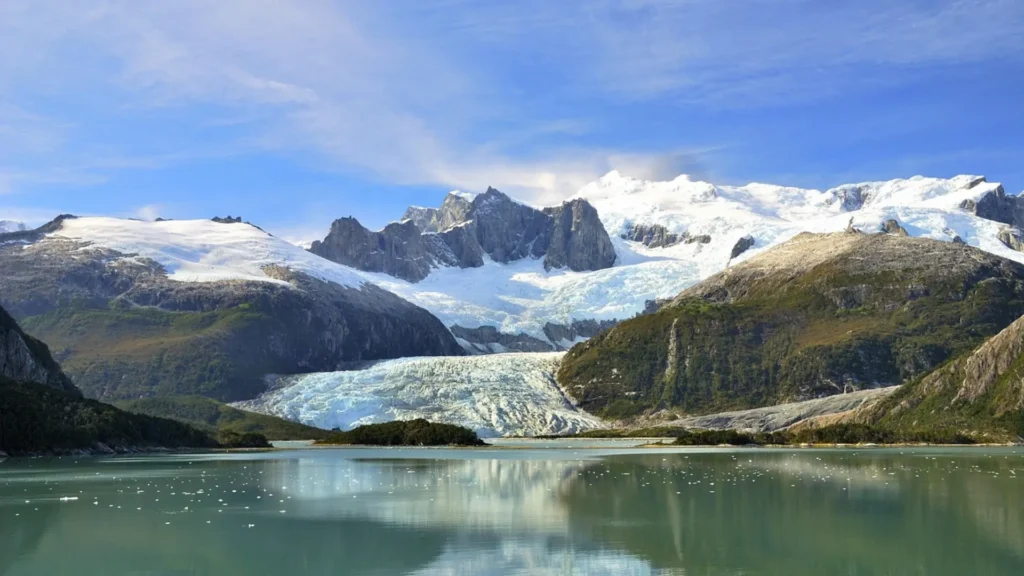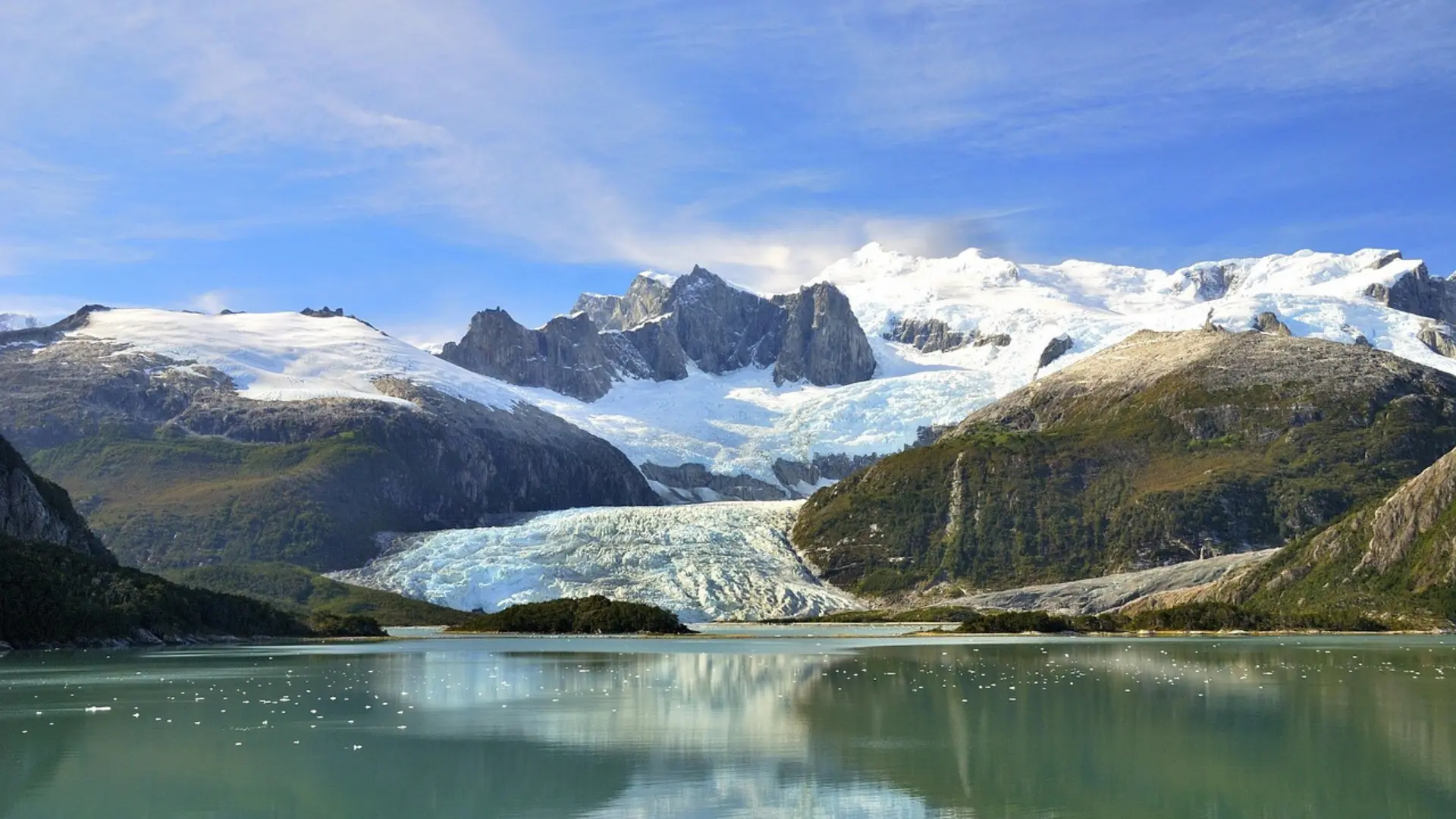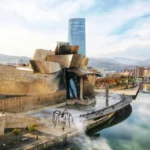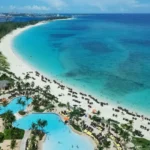Have you ever dreamed of a place where the earth feels untouched, where towering mountains and sprawling glaciers meet endless skies? Patagonia isn’t just a destination — it’s a journey into the heart of raw nature, an invitation to breathe deeply and step away from the everyday. When you stand at the base of the jagged Torres del Paine, watch a condor circle overhead, or hear the whisper of wind through lenga forests, something inside shifts. This is more than travel. It’s a deep connection to a world wild and vast.
In this guide, you’ll uncover how to make the most of your Patagonia travel — from the must-see hiking routes and fascinating wildlife to secret corners that few know about. Whether you’re an experienced trekker or a curious explorer, this comprehensive guide will help you experience Patagonia like never before.

Table of Contents
Planning Your Patagonia Travel – When and How to Visit
Best Time to Visit Patagonia for Hiking and Wildlife
Patagonia’s weather is famously unpredictable, but understanding its seasons can make your trip much smoother. The prime time for trekking typically falls between November and March, when the Southern Hemisphere basks in summer. During this period, longer daylight hours and milder temperatures create ideal conditions to explore.
- Summer (Nov-Mar): Warmest temperatures, but popular and busier
- Shoulder seasons (Oct and Apr): Fewer crowds, crisp weather, some trail closures
- Winter (Jun-Aug): Snowy landscapes, limited accessibility, perfect for solitude and photography
Each season paints Patagonia in different hues, from the lush greens of summer to the stark, dramatic whites of winter, so think about what kind of experience you want to have.
Getting There and Getting Around Patagonia
You’ll likely arrive via Punta Arenas in Chile or El Calafate in Argentina, the two main gateways to Patagonia’s wonders. From these hubs, you can choose among several transport methods:
- Flights: Regional flights connect you quickly but can be pricey.
- Buses: Reliable and affordable, though travel times are long.
- Car rentals: Offer freedom to explore hidden spots but require comfort with rugged roads.
Make sure to prepare for limited connectivity and services in remote areas — planning ahead is key to a seamless journey.
Top Hiking Trails in Patagonia Every Traveler Must Experience
Torres del Paine Circuit – The Iconic Trek
If you only have time for one trek, Torres del Paine’s circuit should be it. This trail stretches about 130 kilometers and usually takes 7 to 10 days. You’ll traverse diverse terrain — jagged peaks, turquoise lakes, glaciers, and pampas rich with wildlife.
- Highlights:
- The iconic granite towers at dawn
- Glacial lakes like Grey Lake with floating icebergs
- Wildlife sightings: guanacos, foxes, and possibly elusive pumas
- Tips: Book campsites or refugios well in advance, pack layered clothing, and bring sturdy boots.
Fitz Roy Trek – A Photographer’s Dream
Nestled in Argentina’s Los Glaciares National Park, the Fitz Roy trek offers easier trails with some of Patagonia’s most stunning views. The hike to Laguna de los Tres delivers a breathtaking panorama of Mount Fitz Roy, with its sharp granite spires piercing the sky.
- Trail details: 40 km round-trip, moderate difficulty, ideal for 3-4 days.
- Best time: October to April, when trails are accessible and weather is mild.
Nearby, the charming village of El Chaltén offers cozy accommodations and local flavors to recharge after your hike.
Lesser-Known Trails and Hidden Gems
For the adventurous, Patagonia’s less traveled paths provide solitude and untamed beauty. Consider:
- Cerro Castillo Trek: Rugged and wild, with fewer hikers and dramatic mountain views.
- Dientes de Navarino Circuit: One of the southernmost hikes in the world, challenging but immensely rewarding.
These require more preparation and flexibility but will reward you with unparalleled peace and pristine landscapes.
| Trail Name | Length (km) | Duration | Difficulty | Highlights | Best Season |
|---|---|---|---|---|---|
| Torres del Paine | 130 | 7-10 days | Moderate | Towers, glaciers, wildlife | Nov-Mar |
| Fitz Roy | 40 | 3-4 days | Easy-Moderate | Stunning peaks, turquoise lakes | Oct-Apr |
| Cerro Castillo | 60 | 4-5 days | Moderate | Rugged terrain, fewer hikers | Nov-Mar |
Discover Patagonia’s Unique Wildlife
Animals You’re Likely to Encounter
Patagonia’s ecosystems host a diverse array of creatures you won’t find anywhere else. Keep your eyes peeled for:
- Guanacos: Resembling llamas, they roam freely across the steppes.
- Andean condors: With their massive wingspan, these birds rule the skies.
- Magellanic penguins: Nesting along the coast, a delightful surprise during your travels.
- Pumas: Elusive and shy, spotting one is a rare thrill.
- Huemuls: Endangered deer unique to this region.
Each season may affect your chances of sightings — spring and summer bring more active wildlife.
Responsible Wildlife Watching Tips
To protect this fragile environment, practice mindful observation:
- Keep a respectful distance; use binoculars or zoom lenses.
- Avoid feeding or approaching animals.
- Stay on marked trails to preserve habitats.
- Follow guidelines from local conservation groups.
Exploring Patagonia’s Hidden Gems Beyond the Trails
Off-the-Beaten-Path Destinations
While iconic sights are must-sees, Patagonia is full of lesser-known marvels:
- Marble Caves (Capillas de Mármol): Stunning marble formations sculpted by turquoise waters.
- Queulat National Park: Home to the rare hanging glacier, a spectacular sight.
- Laguna Azul: A tranquil, remote lake perfect for solitude and reflection.
Cultural Experiences and Local Towns
Immerse yourself beyond nature by visiting charming towns:
- El Chaltén: A hub for trekkers with a laid-back vibe and local eateries.
- Puerto Natales: Known for its vibrant markets, delicious Patagonian lamb, and friendly locals.
- Indigenous communities: Learn about the Mapuche and Tehuelche peoples and their deep connection to this land.
Essential Patagonia Travel Tips and Packing Guide
When you prepare for Patagonia, versatility is your best friend. Weather can change rapidly, so layering is crucial.
- Clothing: Waterproof jackets, moisture-wicking base layers, insulated mid-layers, and sturdy hiking boots.
- Gear: Trekking poles, a durable backpack, reusable water bottles, and sun protection.
- Health: Be mindful of altitude effects and stay hydrated. Carry a basic first aid kit.
- Technology: Download offline maps, and bring power banks — connectivity can be sparse.
Conclusion:
Patagonia is a land that invites you to step beyond comfort and into wonder. Its towering peaks, pristine lakes, and vibrant wildlife promise a journey that touches your soul. Now that you have the ultimate guide in hand, it’s time to plan your adventure with confidence.
Don’t just read about Patagonia — experience it. Start charting your path, pack your boots, and get ready for the wild trip of a lifetime. And when you return, share your stories or ask questions here — your journey might just inspire others to follow.
FAQ : Patagonia Travel
When is the best time for Patagonia travel?
The best period is from November to March when conditions are optimal for hiking and wildlife viewing. However, shoulder seasons can offer fewer crowds.
Do I need a visa to visit Patagonia?
Visa requirements depend on your nationality and whether you enter through Chile or Argentina. Check your local embassy guidelines.
What level of fitness do I need for the hikes?
Trails range from easy to challenging. Some require moderate fitness and prior hiking experience, especially multi-day circuits.
Are there guided tours available?
Yes, guided options abound for all levels, providing local expertise and convenience.
How to stay connected with internet access in Patagonia?
Internet can be limited in remote areas. Purchase local SIM cards and use offline maps for navigation.








Leave a Reply